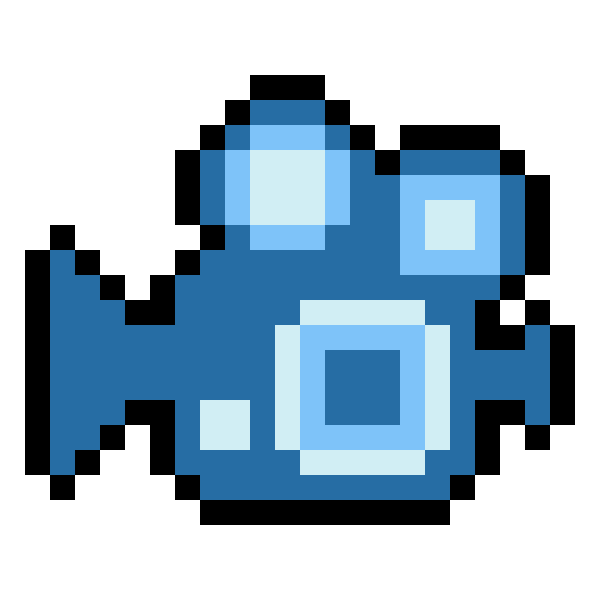Audio Presented by

Strategic Brand Marketer & Growth Expert. Team Manager. Public Speaker. Educational content about Web3. UA🇺🇦
Story's Credibility



About Author
Strategic Brand Marketer & Growth Expert. Team Manager. Public Speaker. Educational content about Web3. UA🇺🇦